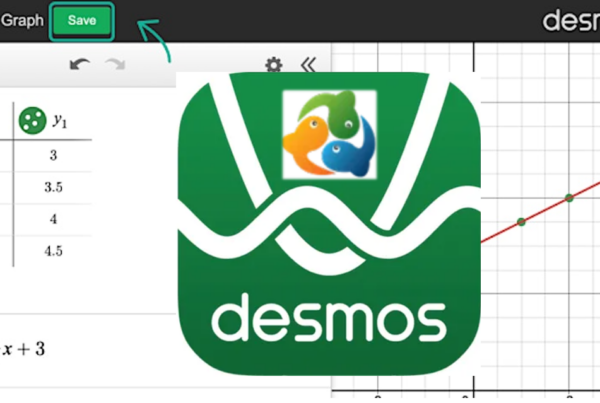The SAT is evolving to meet the changing needs of the digital age. Starting in March 2024, the SAT will be offered in a digital format, marking a significant shift from its traditional paper-based counterpart. In this blog post, we will explore the differences between the current paper version of the SAT and the forthcoming digital SAT and how these changes may impact test-takers.
1. Format and Medium: Paper vs. Digital
Paper SAT:
The traditional paper-based SAT involves physical test booklets and answer sheets. Test-takers use pencils to mark their answers on the answer sheet, following the structure of the exam as provided in the paper booklet..
Digital SAT:
The new digital SAT, on the other hand, will be taken on a computer or tablet. Test-takers will interact with the exam through an electronic interface, allowing for a more dynamic and interactive testing experience. To learn more about the features available in Bluebook, The College Board’s PSAT and SAT app, click here.
2. Question Presentation and Navigation
Paper SAT:
In the paper-based format, questions are presented linearly within the booklet, and test-takers progress through the exam by flipping pages. There is a limited ability to revisit previous questions easily.
Digital SAT:
The digital format offers a more flexible approach. Test-takers can navigate between questions, review and change their answers efficiently, and easily flag questions for later review, providing greater control and adaptability during the exam. The digital version also includes a computer-adaptive component in which the questions presented in later sections of the test depend on a student’s performance in earlier sections, which we have previously discussed.
3. Response Input and Editing
Paper SAT:
In the traditional format, test-takers bubble their answers into a scantron answer sheet using a pencil. Editing and changing answers can be time-consuming and may risk errors.
Digital SAT:
The digital interface allows for easier editing and revising of answers. Test-takers can simply click to select or change an answer, enhancing accuracy and reducing the likelihood of marking errors.
4. Real-time Feedback and Timing
Paper SAT:
In the paper-based format, feedback and timing management are solely reliant on the test-taker’s awareness and time management skills.
Digital SAT:
The digital version offers real-time feedback on the number of questions attempted, remaining, and flagged. Additionally, many of the features of the new test may help test-takers manage time more effectively, ensuring that they can optimize their performance within the given time limits.
5. Accessibility and Accommodations
Paper SAT:
Accommodations for test-takers with disabilities were provided as needed. Students could request various forms of support based on their disabilities. The most common accommodation on the SAT is extra time.
Digital SAT:
The digital format can be adapted to accommodate most disabilities, including providing features like adjustable font sizes, screen readers, and other accessibility options to ensure a more inclusive testing experience. If you are considering requesting accommodations for the digital SAT, we encourage you to learn more about the accommodations that are available and how to apply for accommodations or reach out to our accommodations specialist, Hailey Andler at 720-307-2750.
6. Security and Integrity
Paper SAT:
Security measures are put in place to maintain the integrity of the paper-based test, involving secure transportation and handling of exam materials.
Digital SAT:
The digital format includes its own set of security measures to prevent cheating and maintain the integrity of the exam. Encryption, secure login procedures, and monitoring during the exam can contribute to a secure testing environment.
The shift from the traditional paper-based SAT to the digital SAT represents a step towards modernization and improved test-taking experiences. While the fundamental content and structure of the exam remain intact, the digital format offers enhanced accessibility, interactivity, and convenience for test-takers. As students prepare for this new iteration, understanding and familiarizing themselves with the digital interface will be crucial for success on the SAT.
Our Practice Test Program is the perfect start to that process! By taking a proctored, timed practice SAT and ACT and meeting with one of our expert directors to discuss the results, students can determine which test is the best for them and develop a plan to maximize their score. Please reach out to us at 720-204-1041 or email us at admin@mindfish.com, and we will be happy to tailor a plan that meets your needs.




